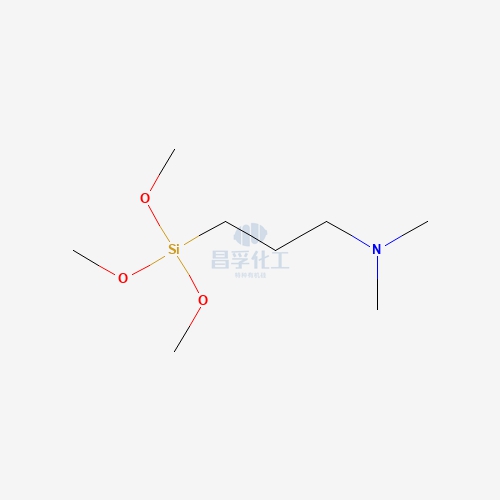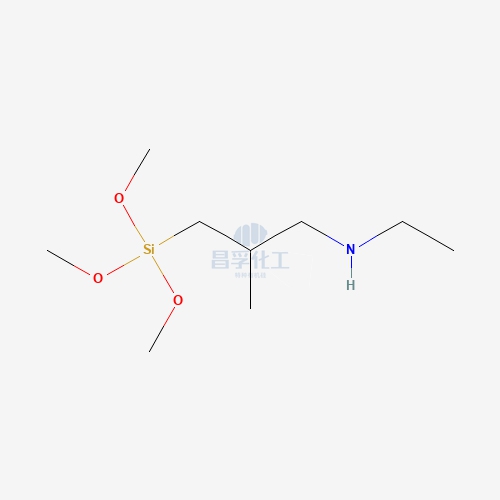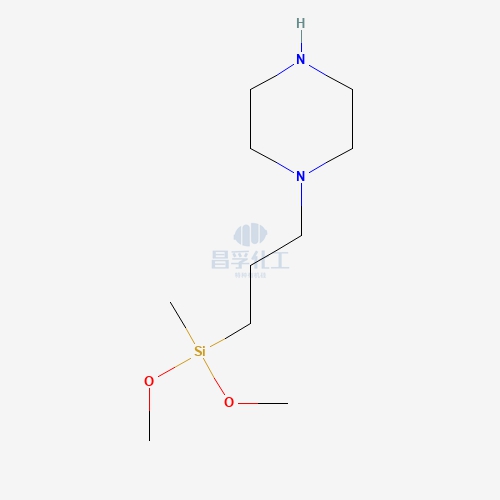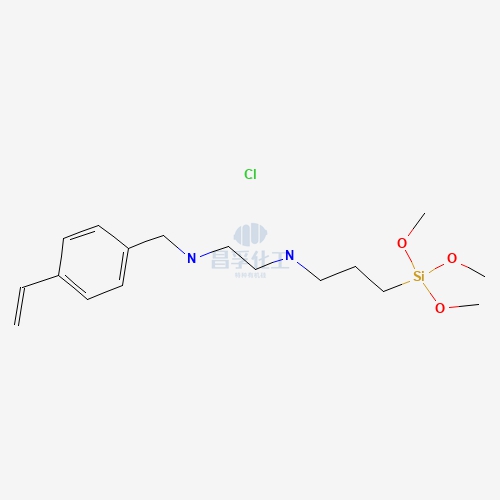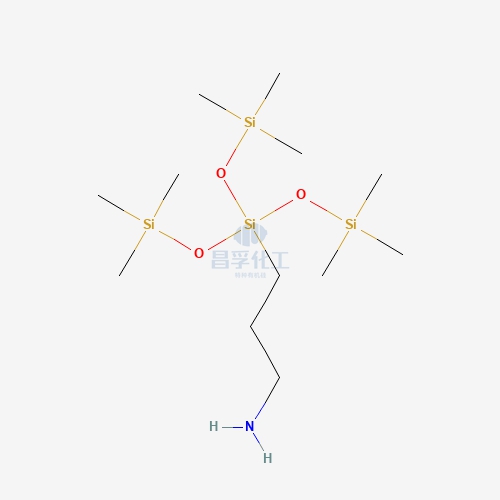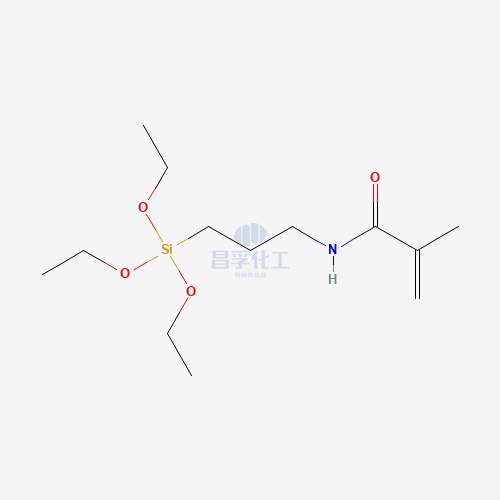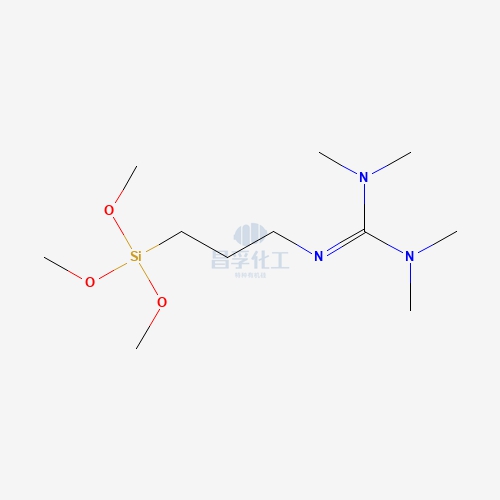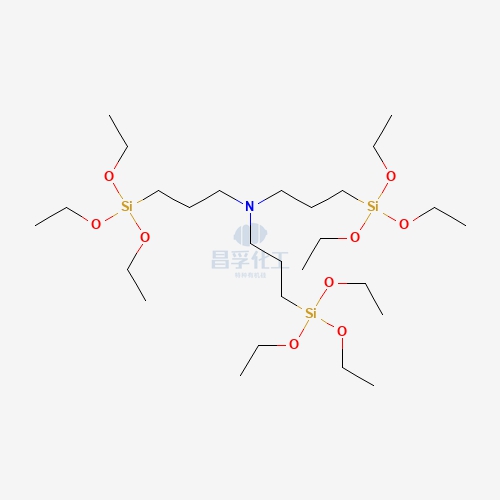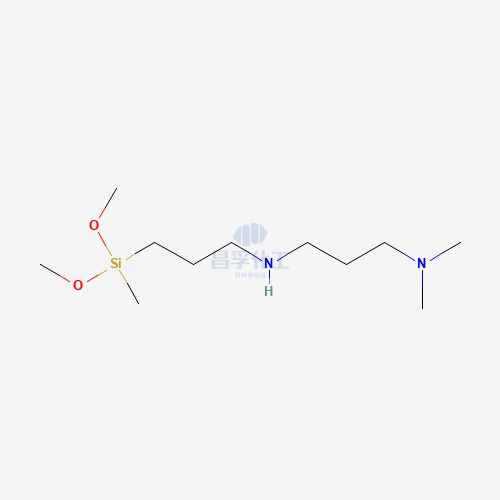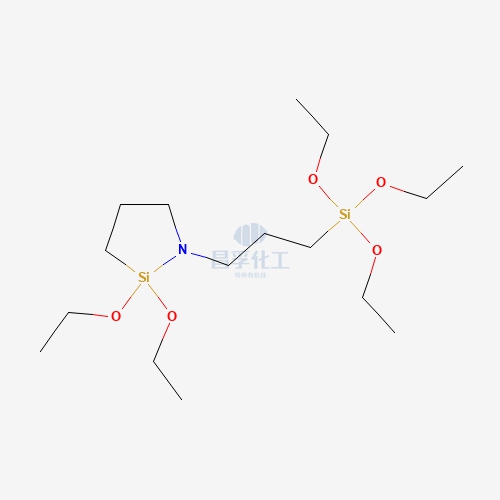
Contact Changfu Chemical Now!
+86 27 8439 6550 | +86 181 6277 0058
3 Important Types of Modified Silicone Polysiloxane: Acrylic Polysiloxane, Amino Polysiloxane, and Diphenyl Polysiloxane
Silicone polysiloxanes are a versatile class of polymers characterized by their silicon-oxygen backbone, offering unique properties such as thermal stability, flexibility, and resistance to environmental factors. Among these, modified silicone polysiloxanes have emerged as critical materials in various industries due to their tailored performance characteristics. This article delves into three significant types of modified silicone polysiloxanes: acrylic polysiloxane, amino polysiloxane, and diphenyl polysiloxane, highlighting their chemical structures, properties, and applications.

Acrylic Polysiloxane
Acrylic polysiloxane represents a hybrid of silicone and acrylic chemistry, combining the strengths of both to enhance functionality. The incorporation of acrylic moieties into the polysiloxane structure results in significant improvements in adhesion, flexibility, and environmental durability.
Key Features:
- Chemical Structure: The presence of acrylic groups improves polymer crosslinking, which enhances mechanical strength and thermal stability.
- Weather Resistance: Acrylic polysiloxanes exhibit exceptional resistance to UV radiation, moisture, and temperature fluctuations, making them suitable for exterior applications.
- Adhesion Properties: Their modified structure allows for superior adhesion to various substrates, including metals, plastics, and glass, which is essential for coatings and sealants.
- Applications: Widely used in automotive coatings, industrial paints, and architectural finishes, acrylic polysiloxanes provide a balance of aesthetic appeal and long-term performance, ensuring longevity even under harsh conditions.
Amino Polysiloxane
Amino polysiloxane integrates amino functional groups into its polymer backbone, resulting in enhanced compatibility and specific performance traits that are advantageous in numerous applications.
Key Features:
- Functional Groups: The amino groups impart unique reactivity, allowing for better compatibility with other organic compounds and enhancing the potential for chemical interactions in formulations.
- Adhesion and Durability: Amino polysiloxanes demonstrate excellent adhesion properties, particularly in coatings, adhesives, and sealants, contributing to long-lasting durability in challenging environments.
- Thermal and Chemical Resistance: These compounds maintain performance under varying thermal and chemical conditions, making them suitable for demanding applications.
- Applications: Commonly employed in automotive coatings, industrial applications, and cosmetic formulations, amino polysiloxanes are recognized for their smooth texture and beneficial properties for skin contact, enhancing user experience.
Diphenyl Polysiloxane
Diphenyl polysiloxane is distinguished by the incorporation of phenyl groups into the polysiloxane chain, significantly modifying its physical and chemical properties.
Key Features:
- Thermal Stability: The presence of phenyl groups provides exceptional thermal stability, allowing these polymers to perform effectively in high-temperature applications without degradation.
- Electrical Insulation: Diphenyl polysiloxanes are known for their excellent dielectric properties, making them suitable for applications requiring electrical insulation.
- Viscosity Control: The modification with phenyl groups affects the viscosity and flow characteristics, enabling fine-tuning of formulations for specific applications.
- Applications: Frequently used in high-performance lubricants, sealants, and insulation materials, diphenyl polysiloxanes are valued in industries such as electronics, automotive, and aerospace, where reliability and performance are paramount.
Conclusion
Modified silicone polysiloxanes, including acrylic, amino, and diphenyl polysiloxanes, are critical materials that provide tailored solutions across various industries. Their unique chemical structures and enhanced properties enable manufacturers to select the appropriate type for specific applications, ensuring optimal performance and durability. As industries continue to evolve and demand advanced materials, these modified silicone polysiloxanes will remain integral to innovation and development in material science.
Popular Silicon Compounds
Popular Silicon Compounds
Related News & Blog
Related News & Blog


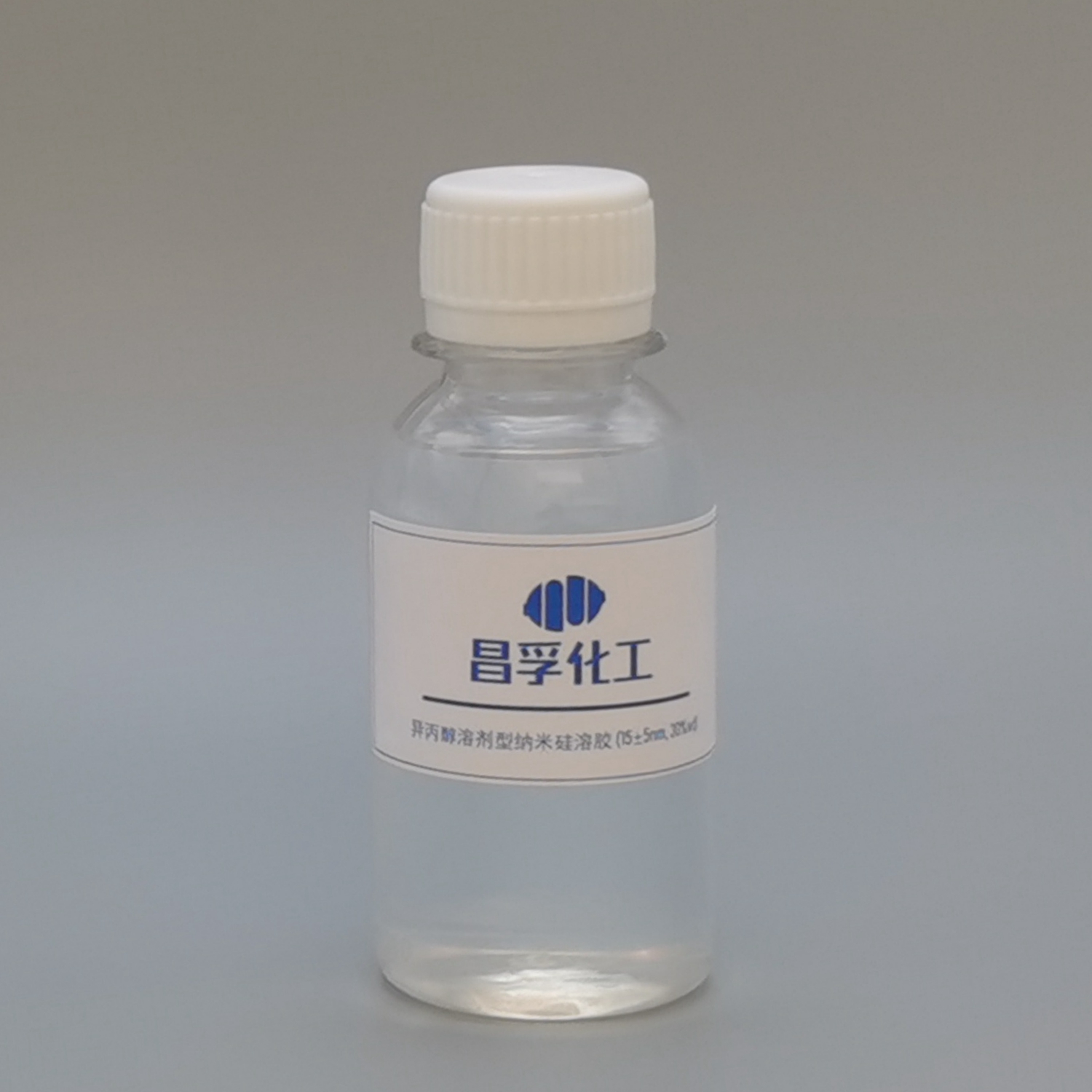
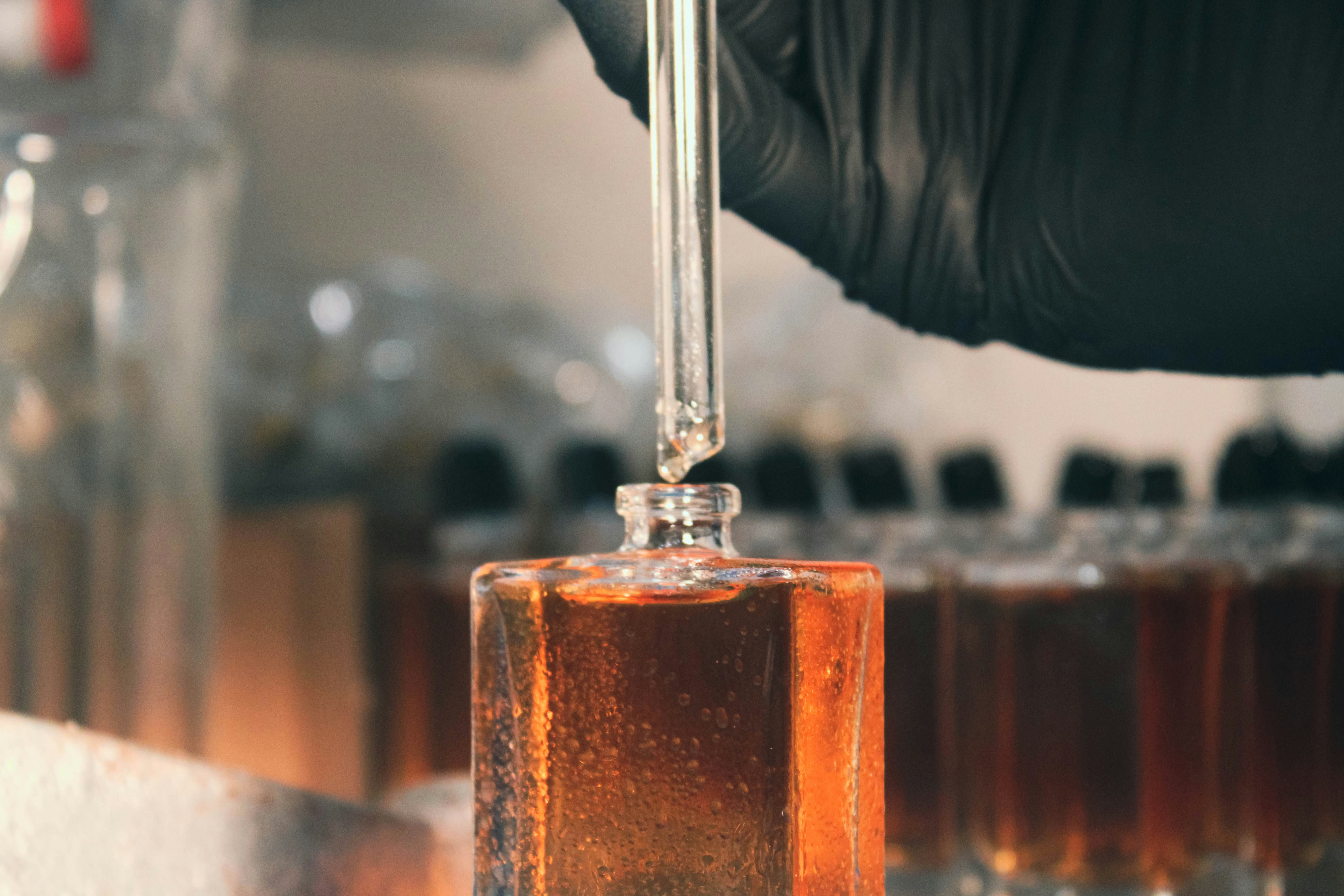
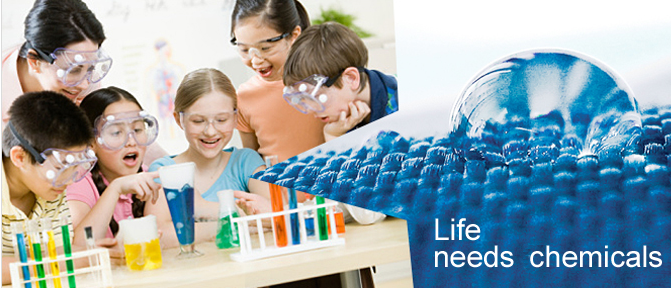
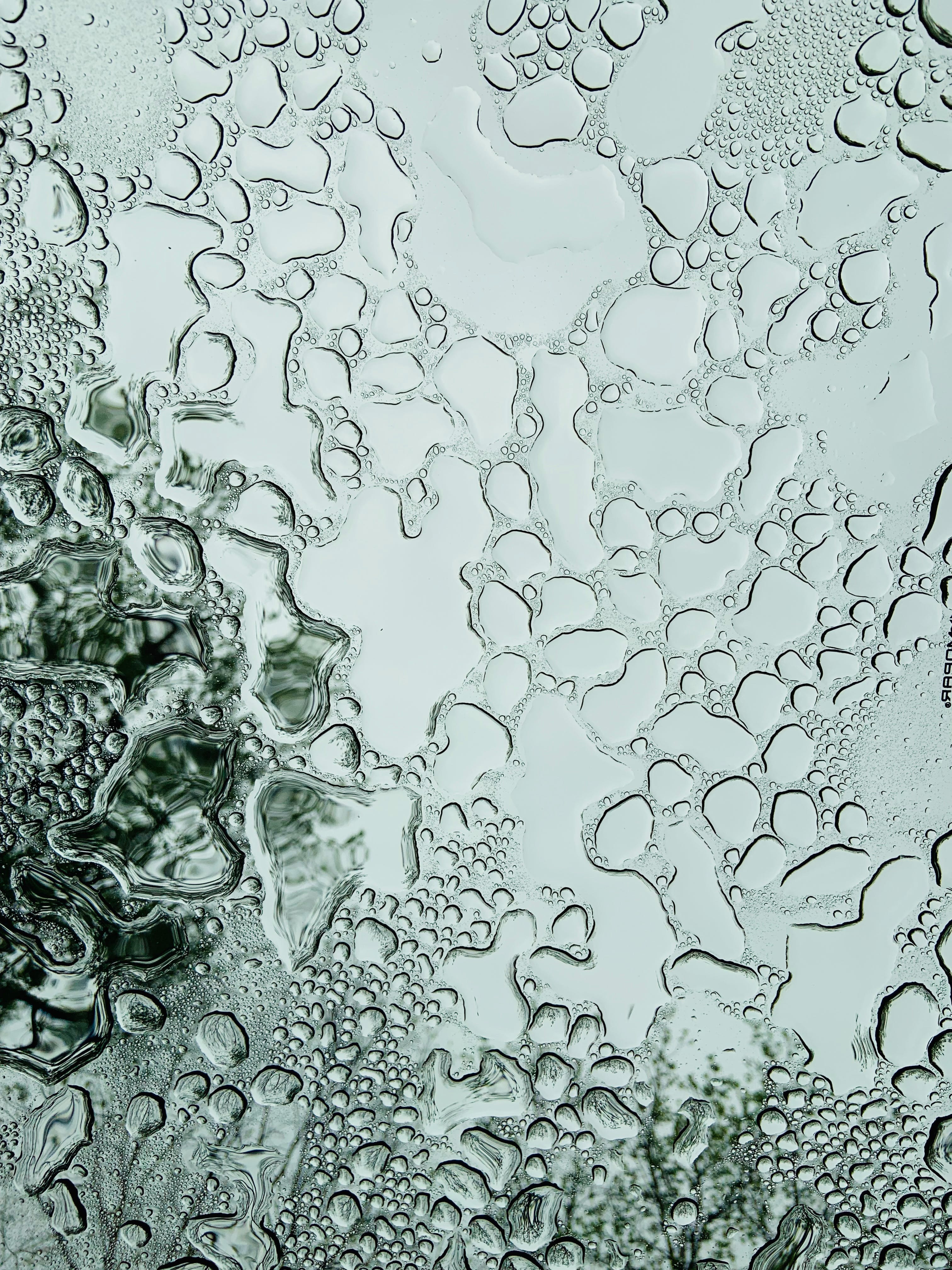






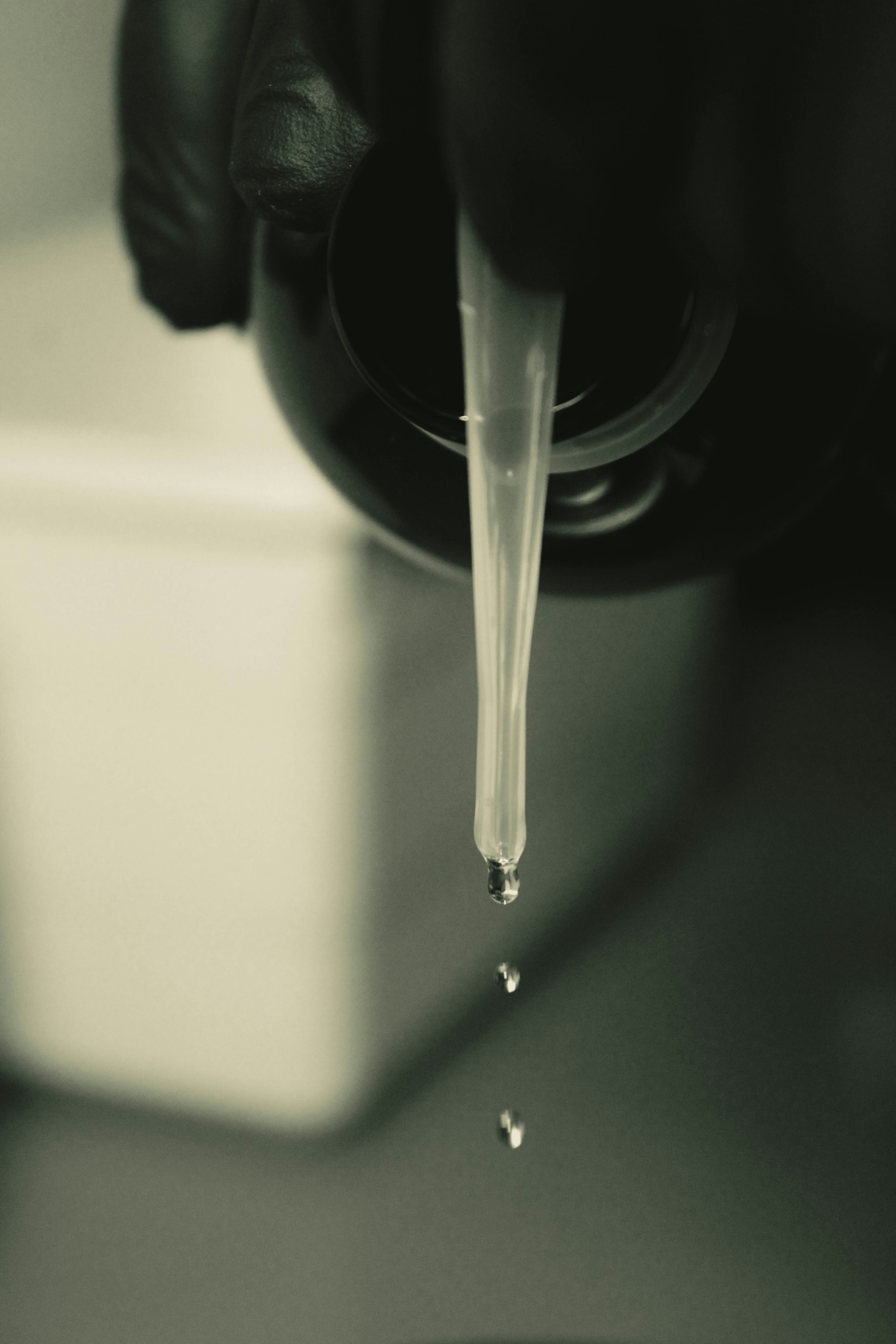
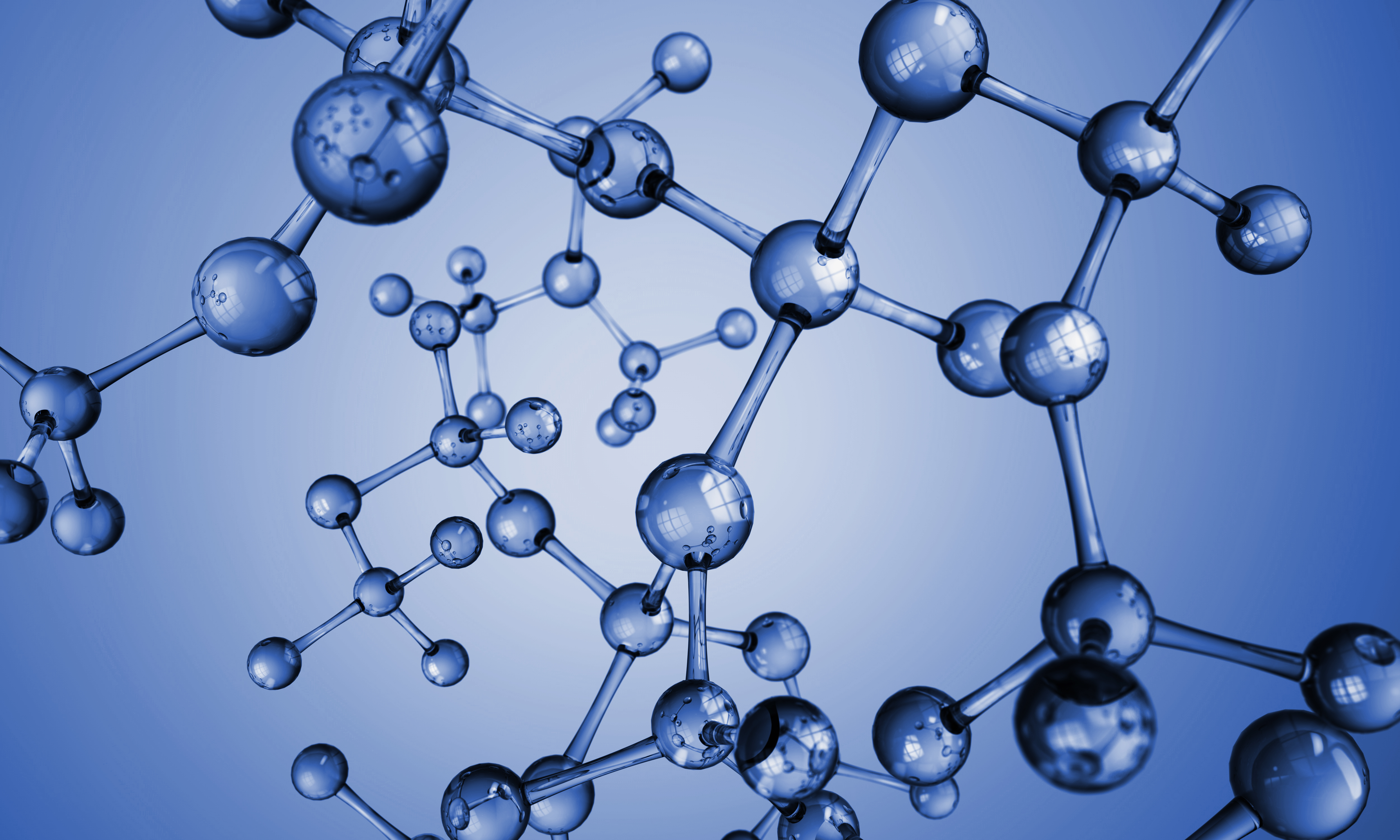










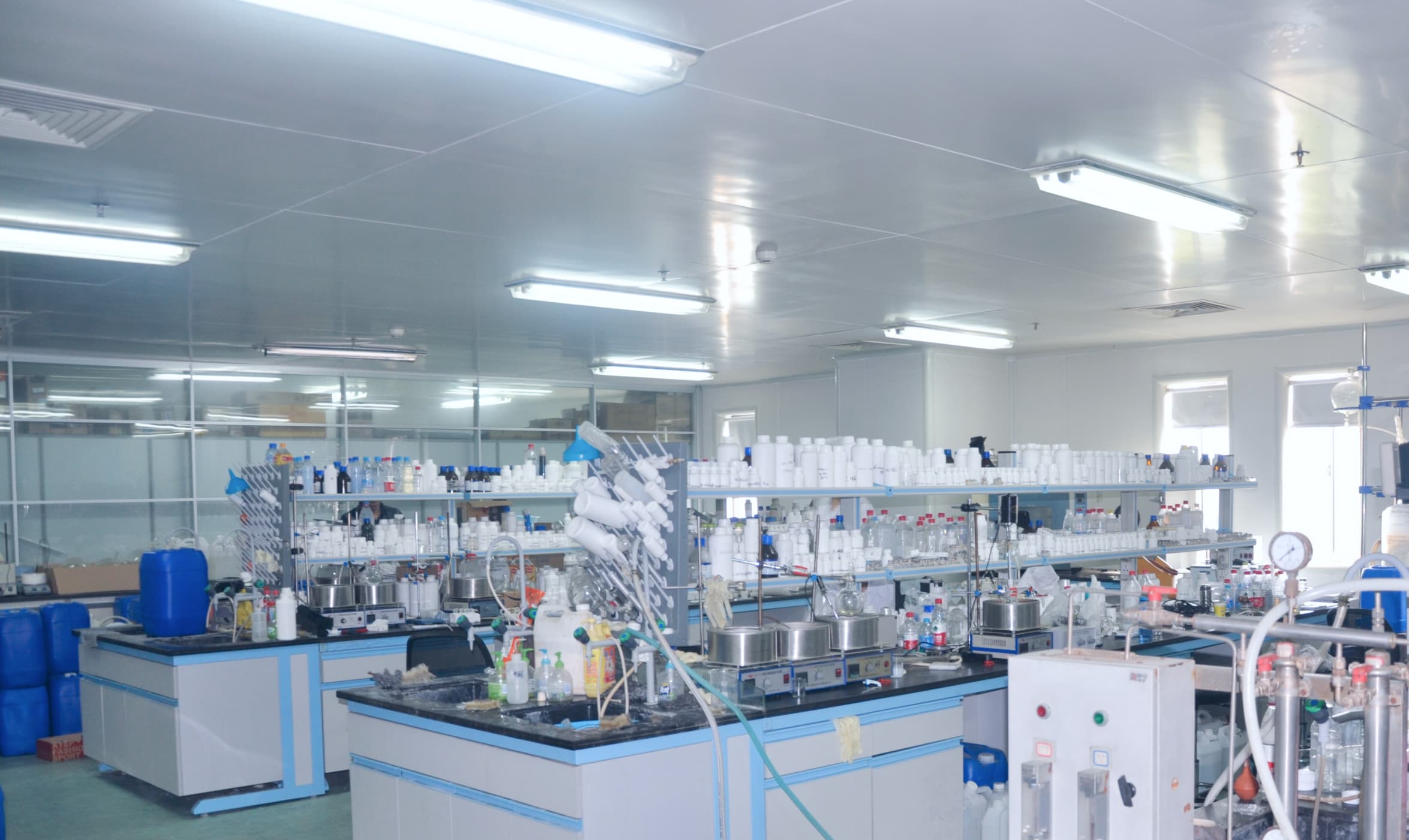


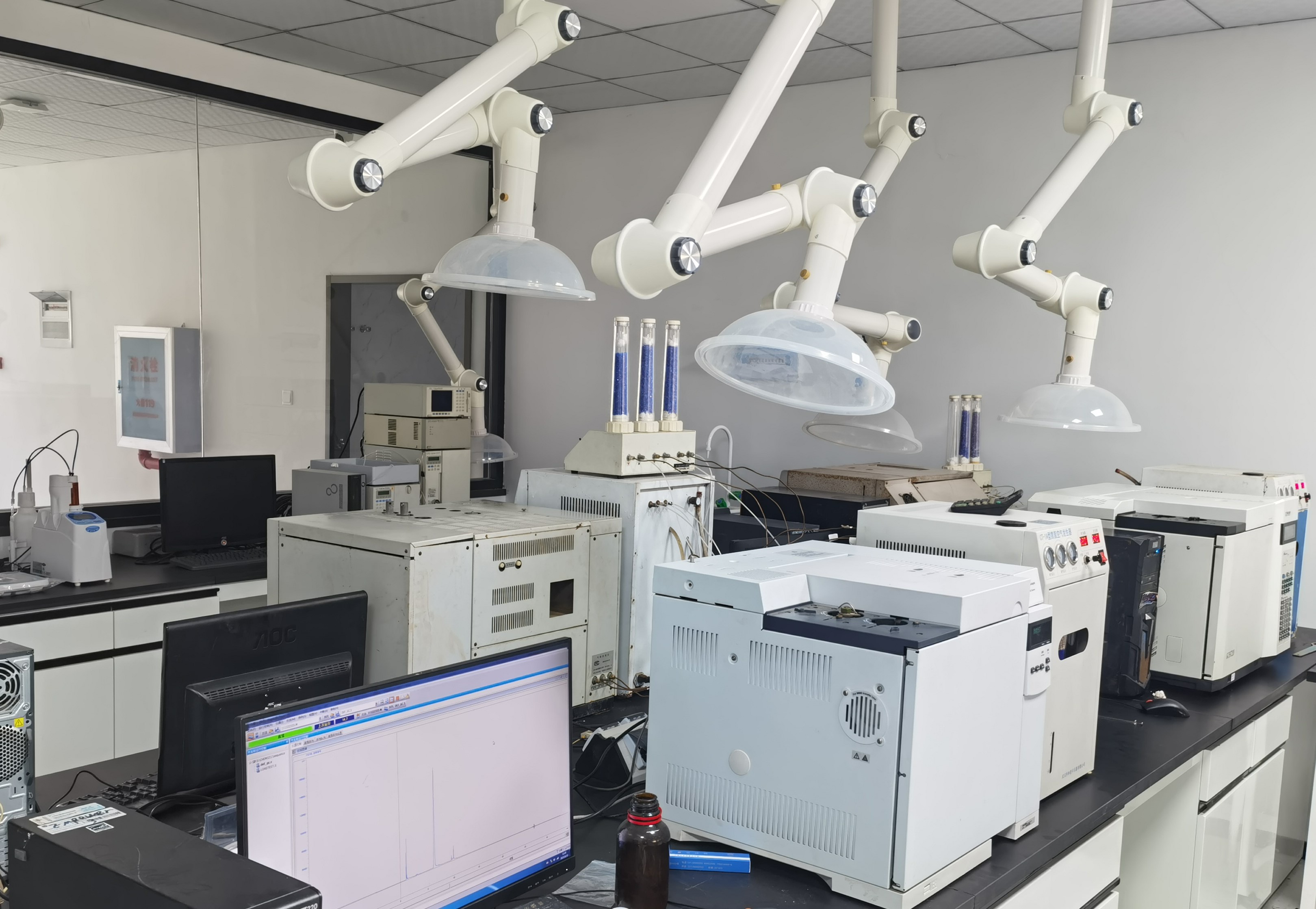
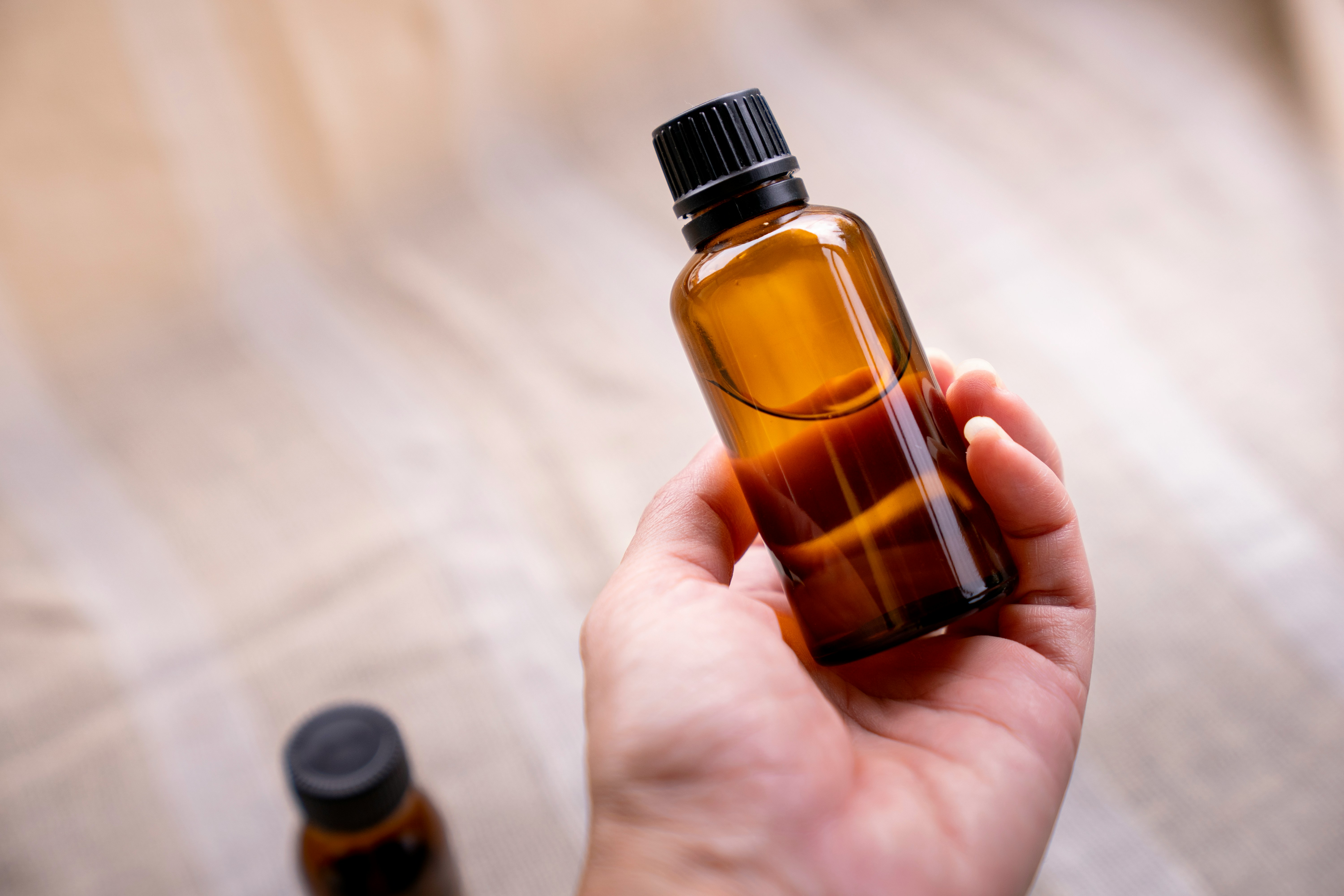
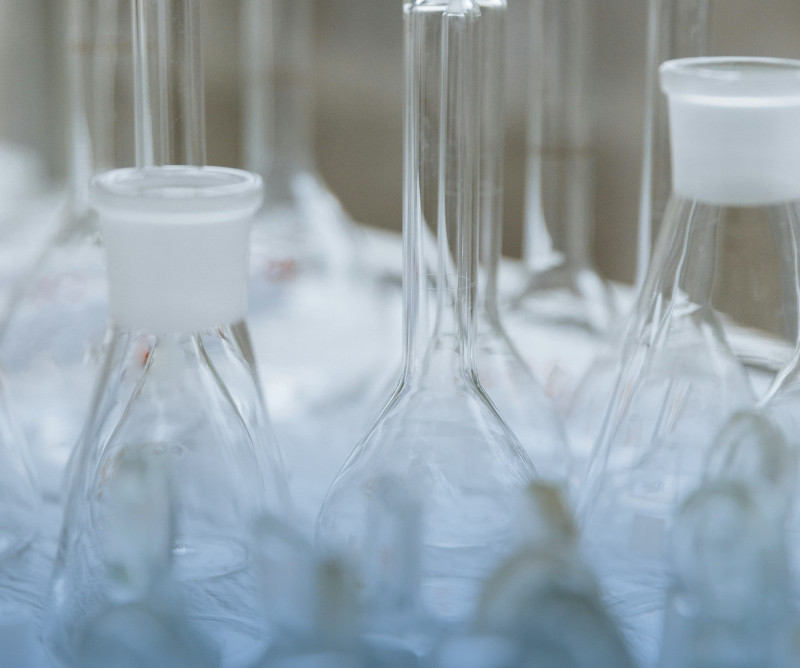

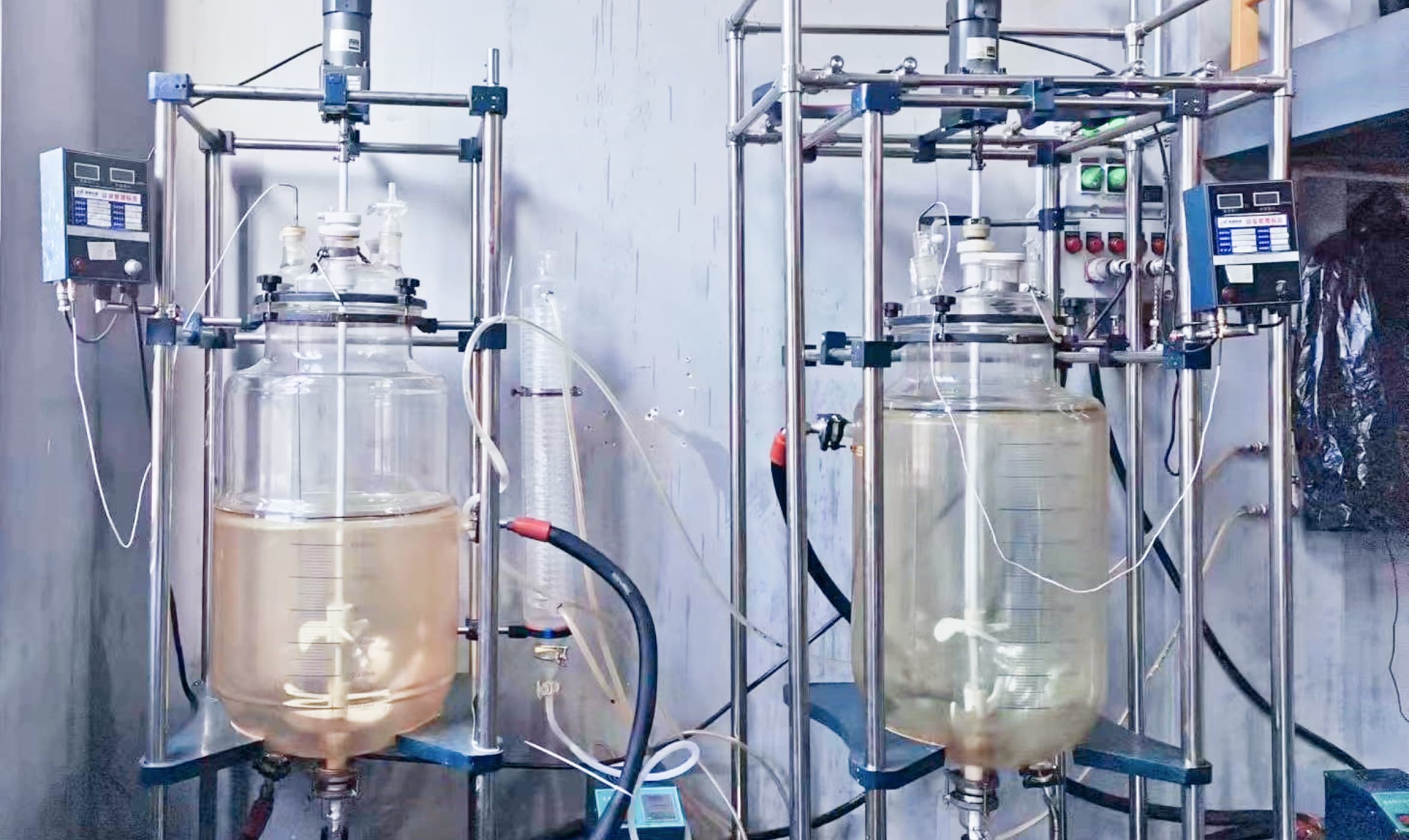
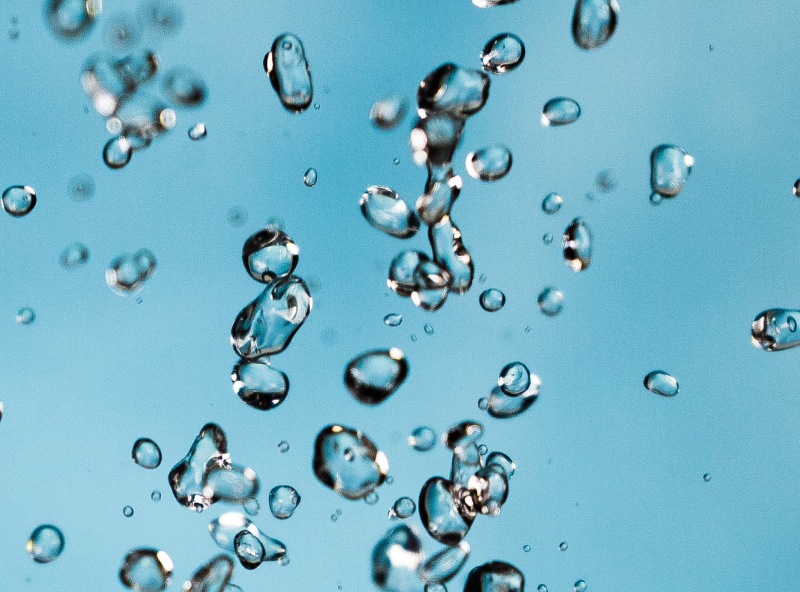


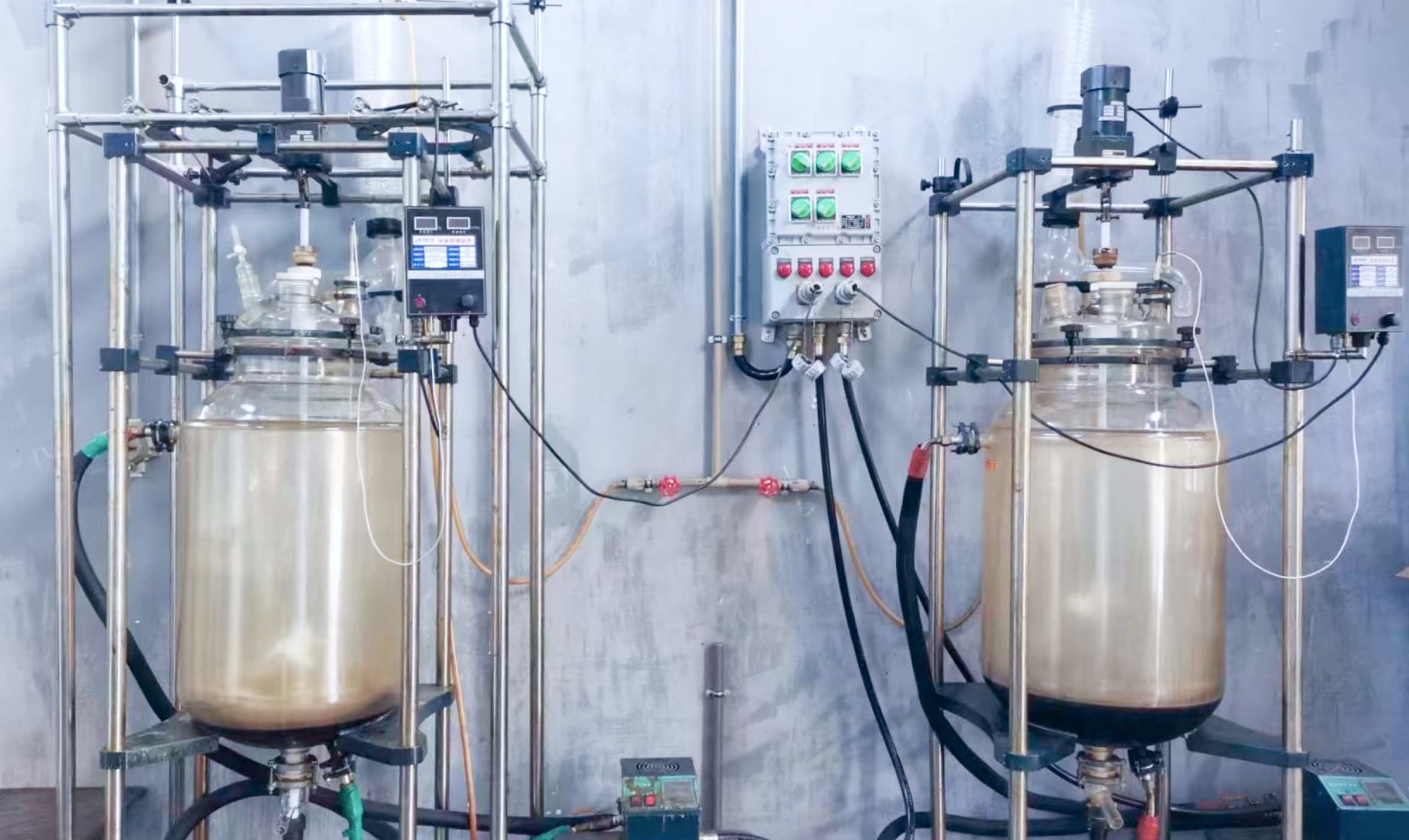
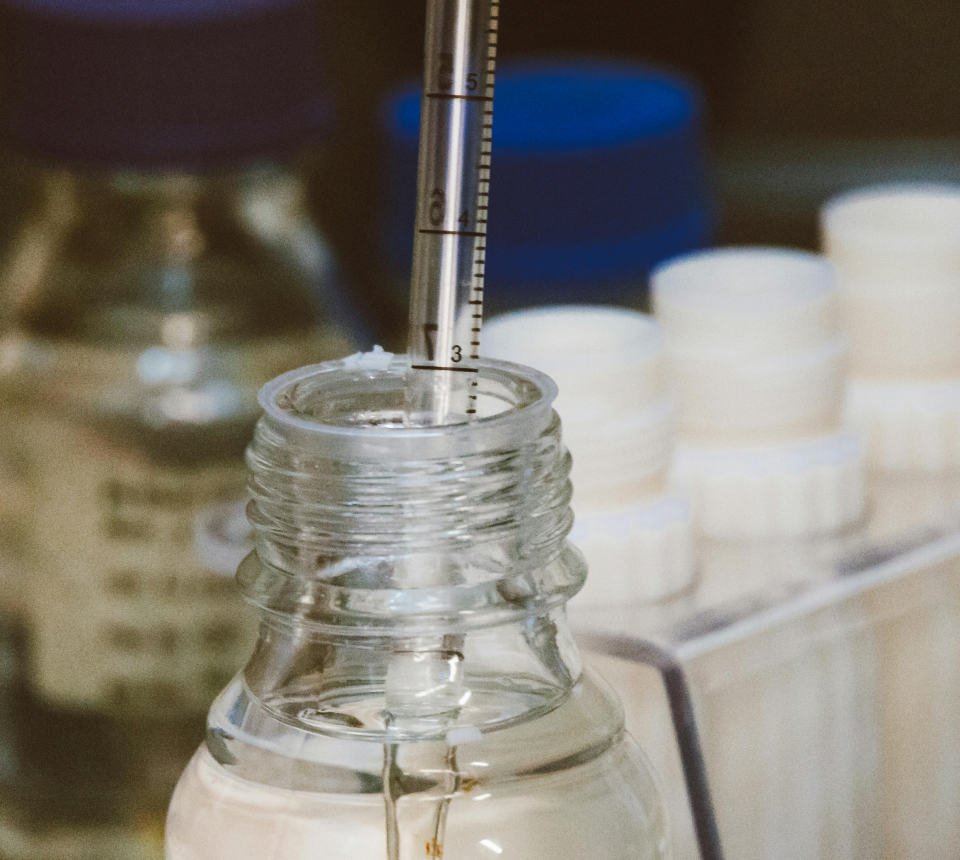


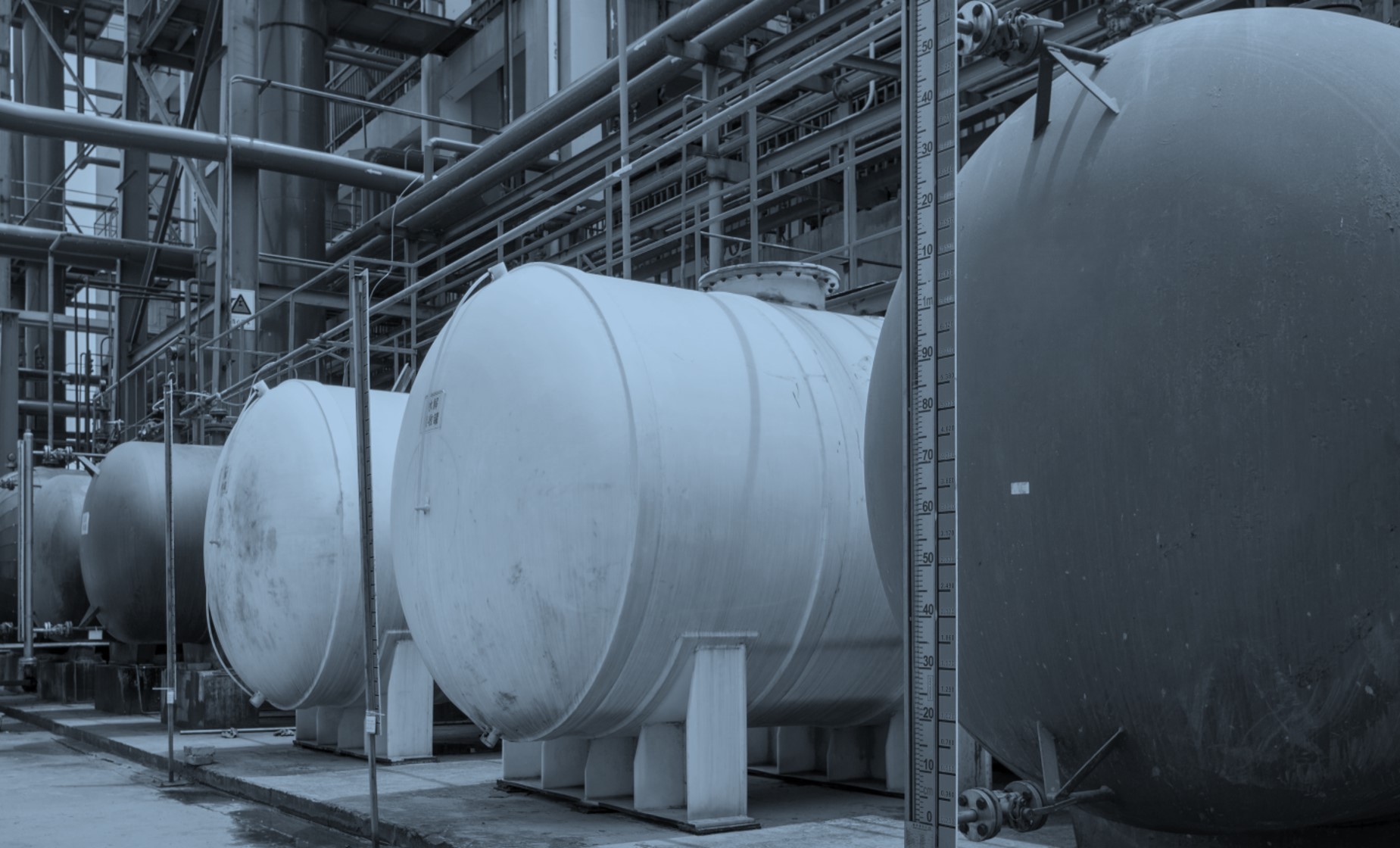


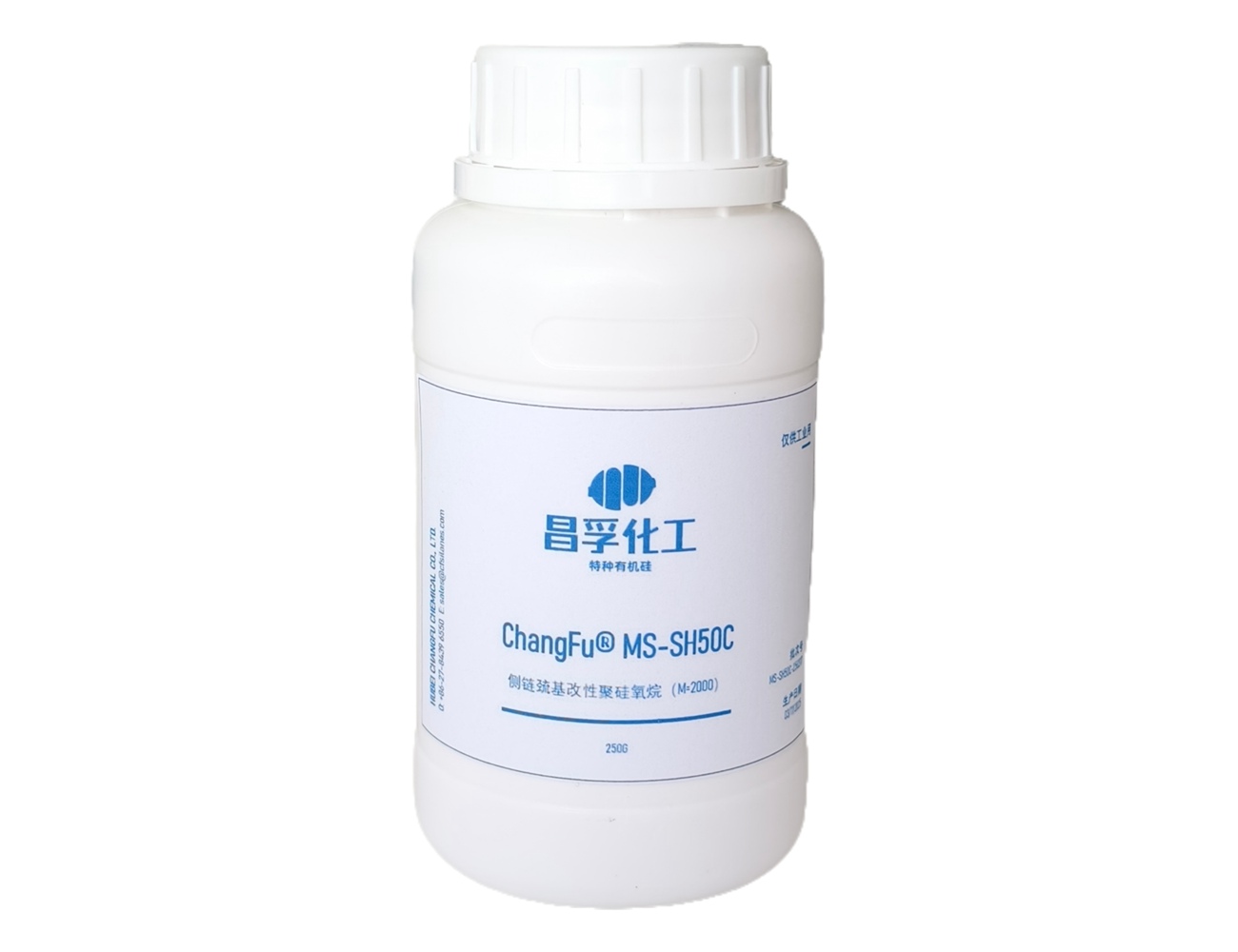



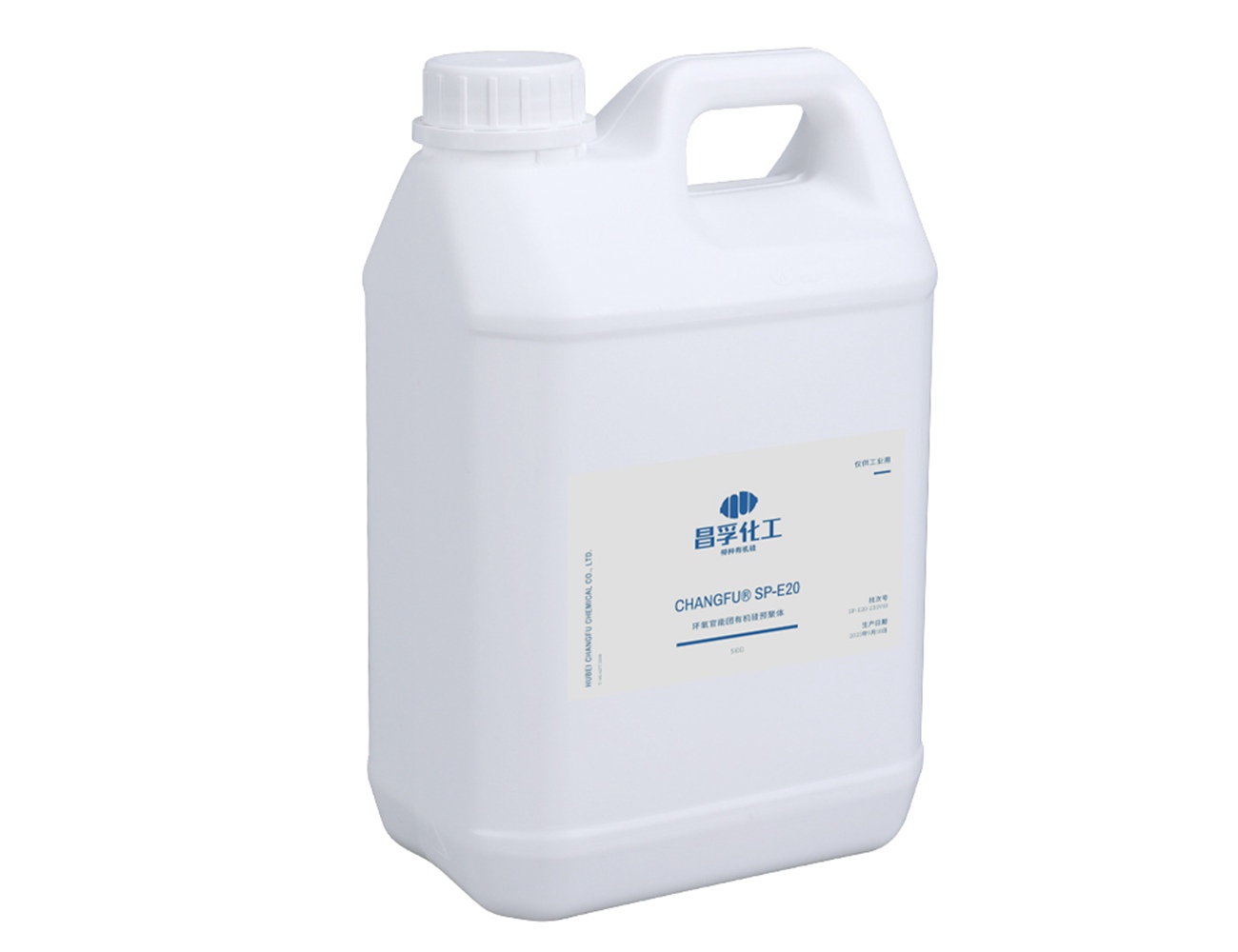
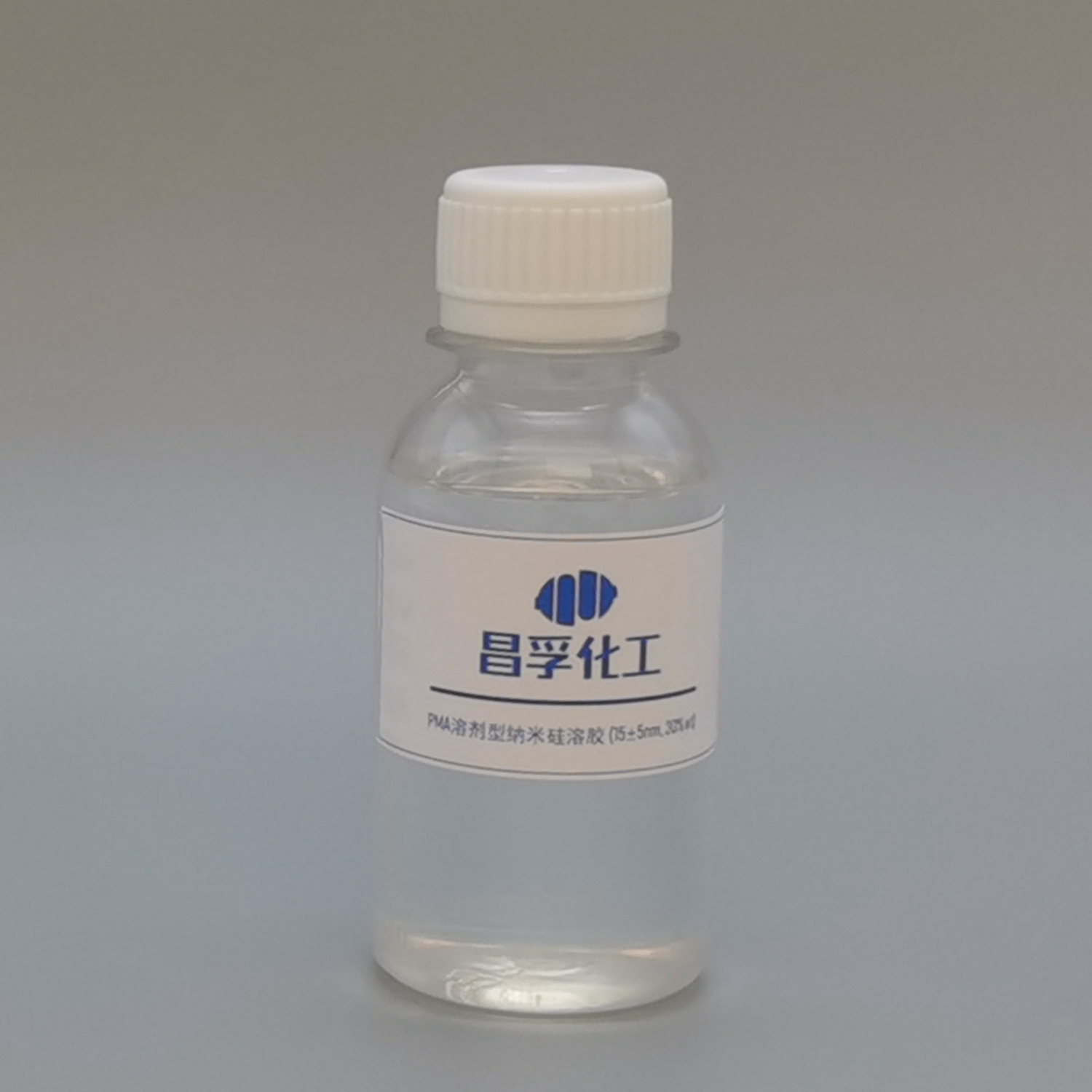
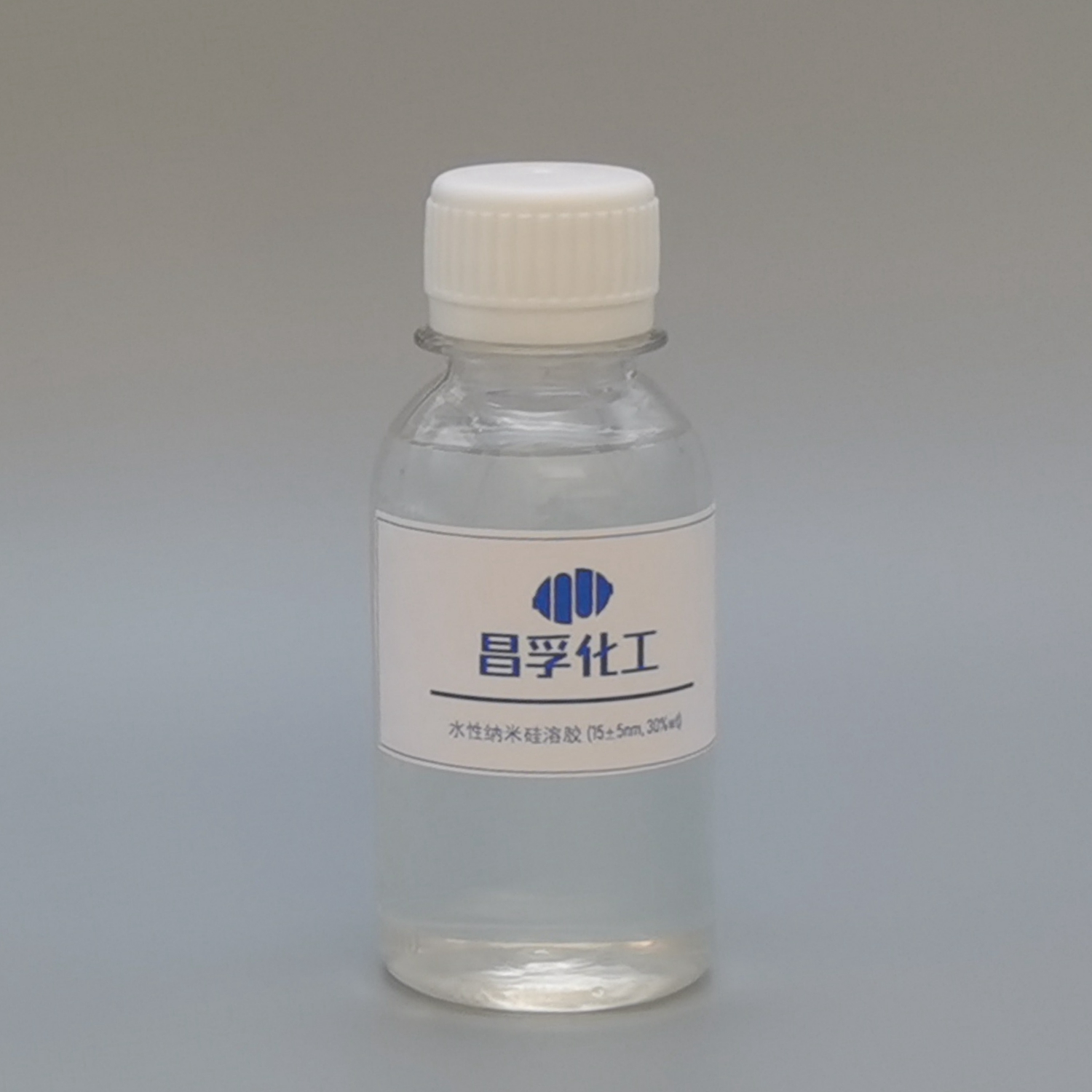

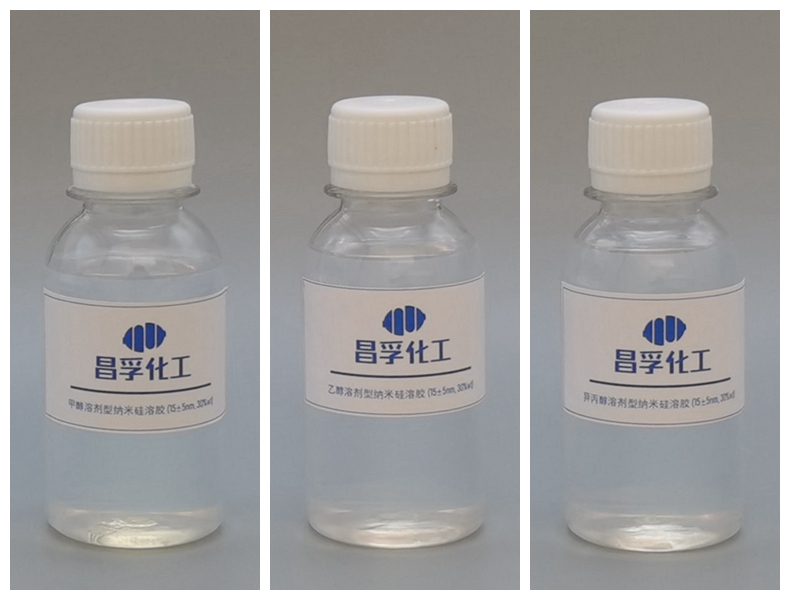
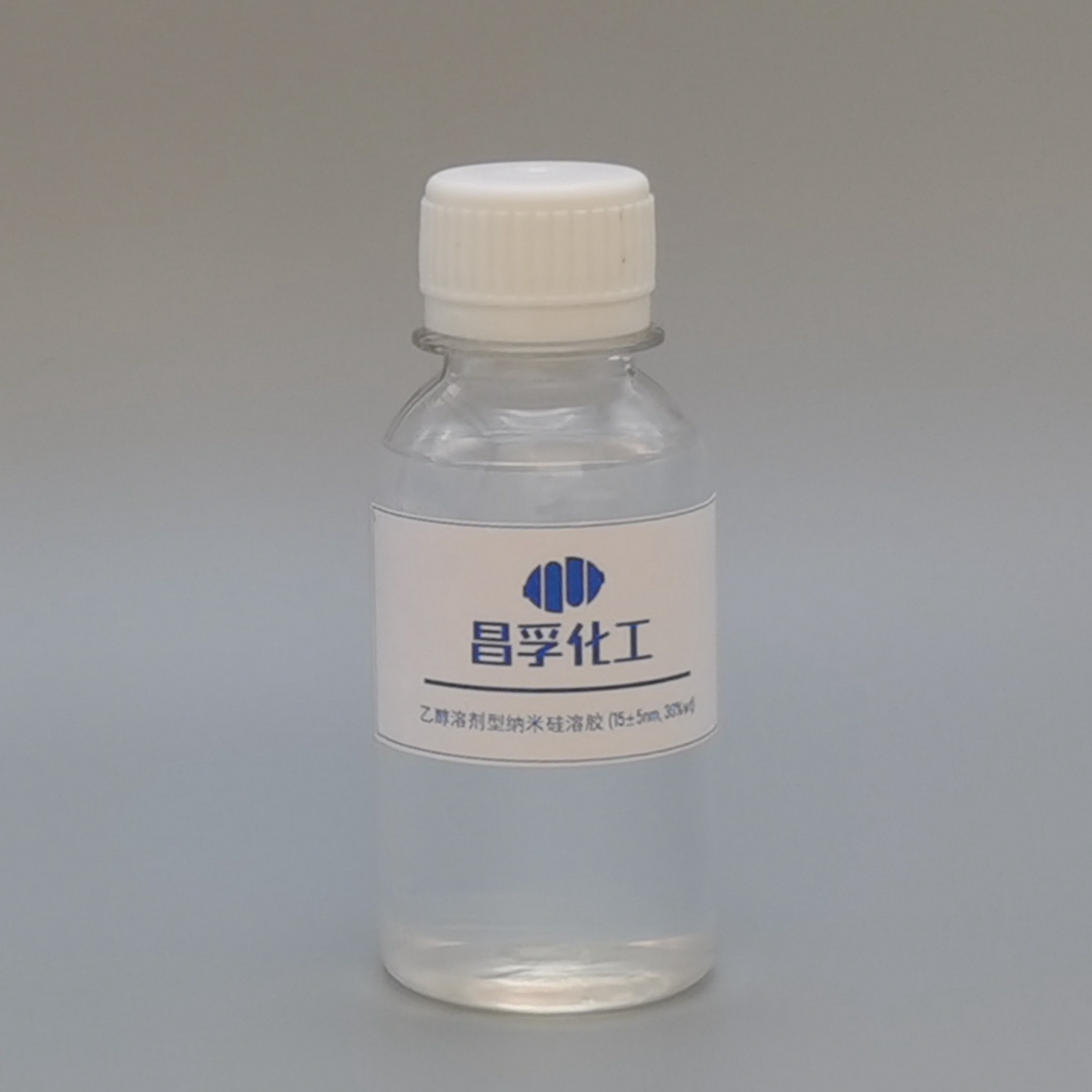
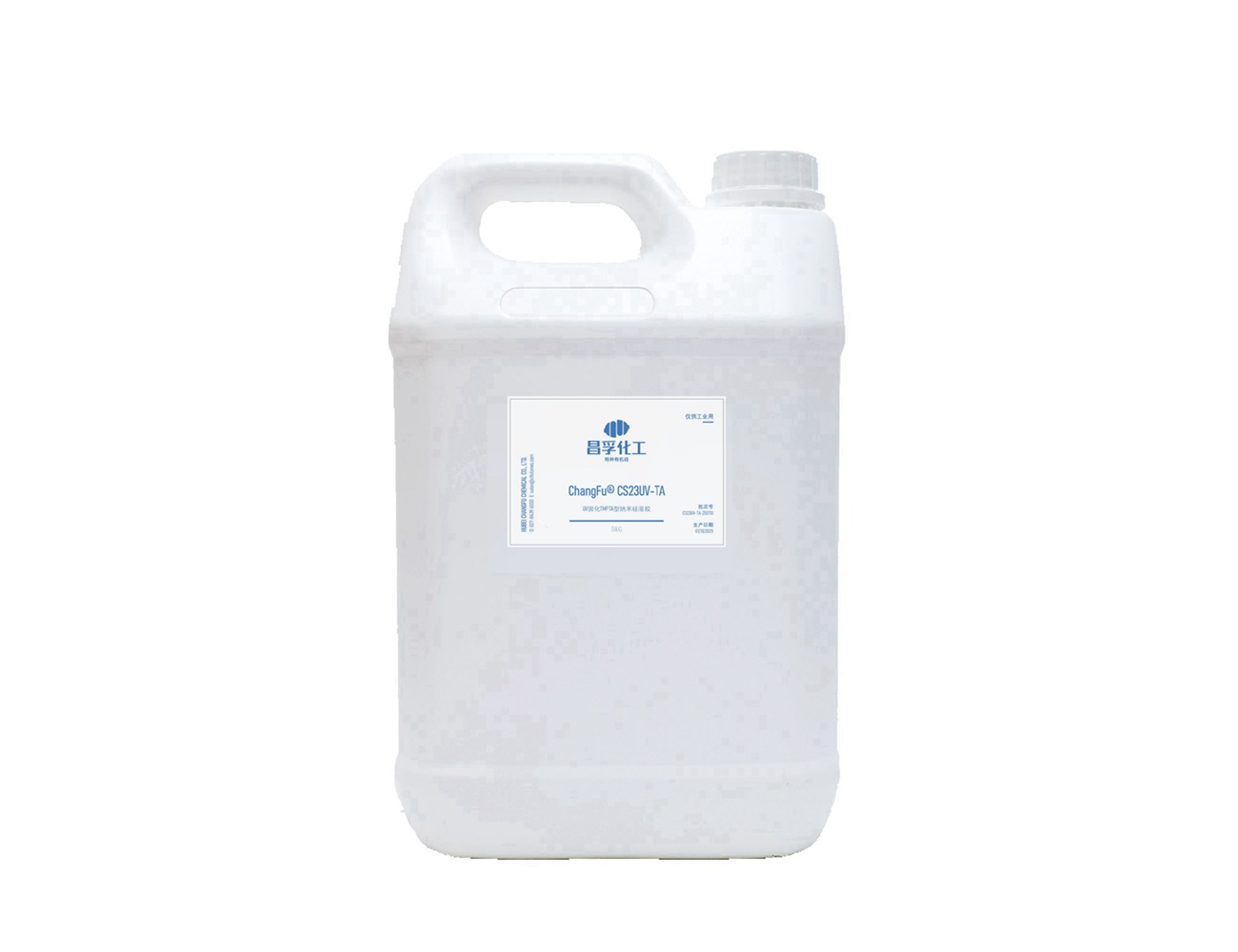
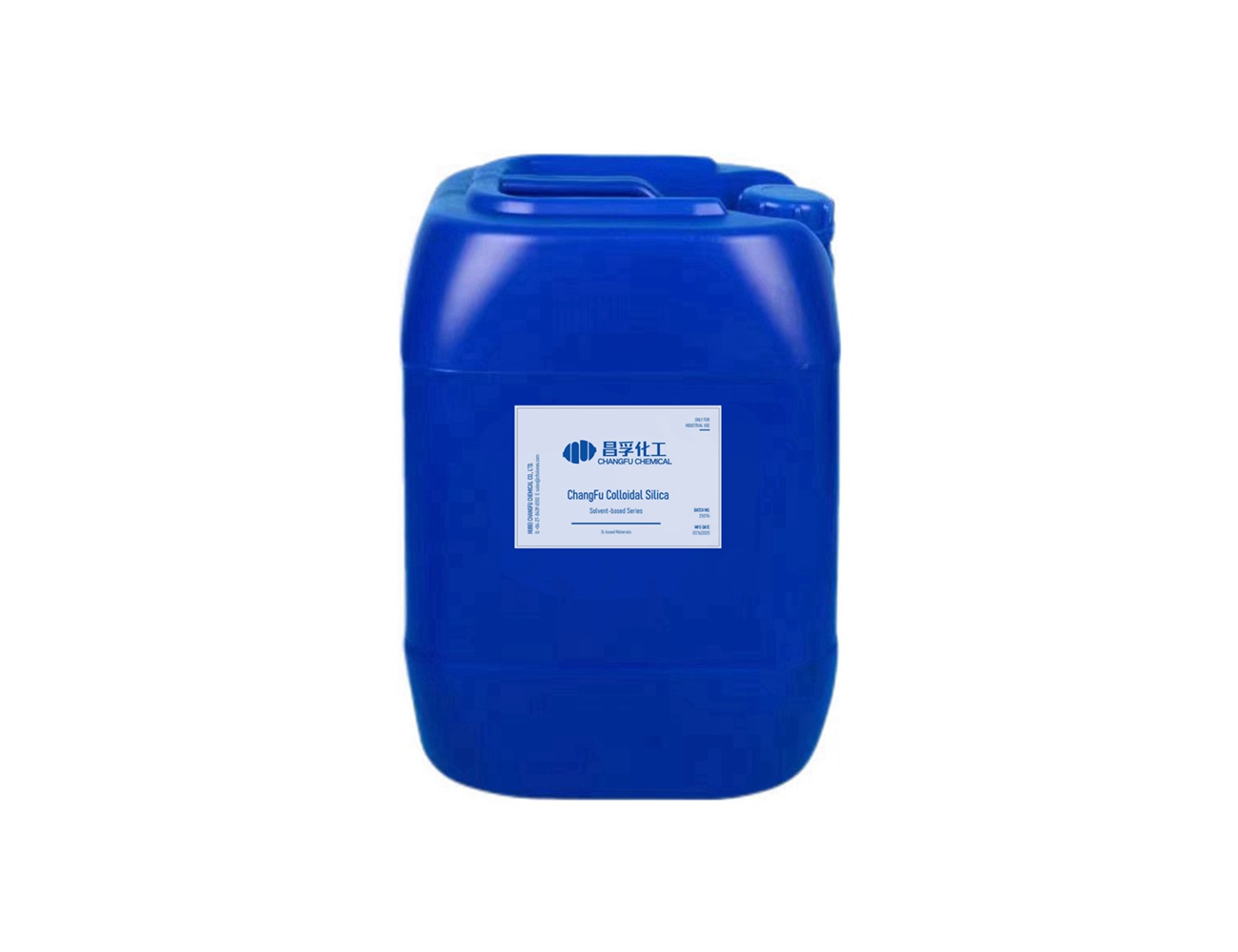


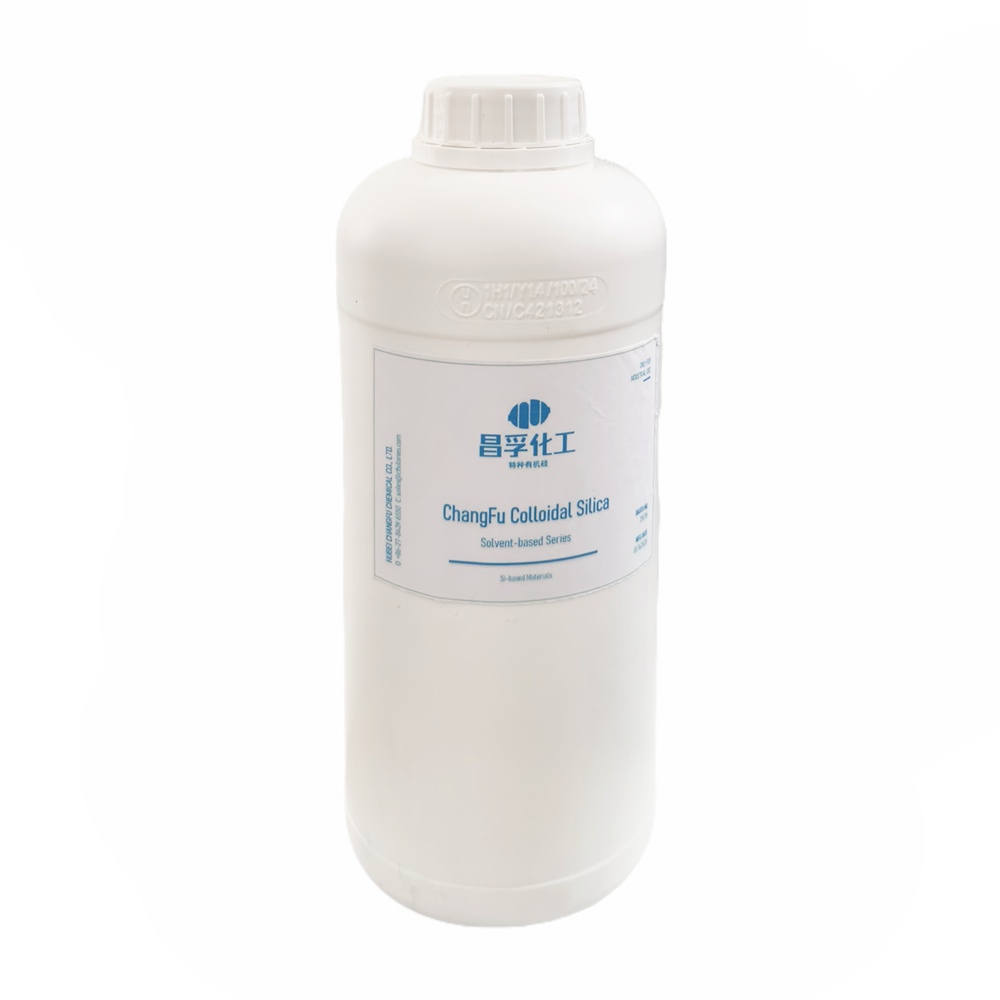


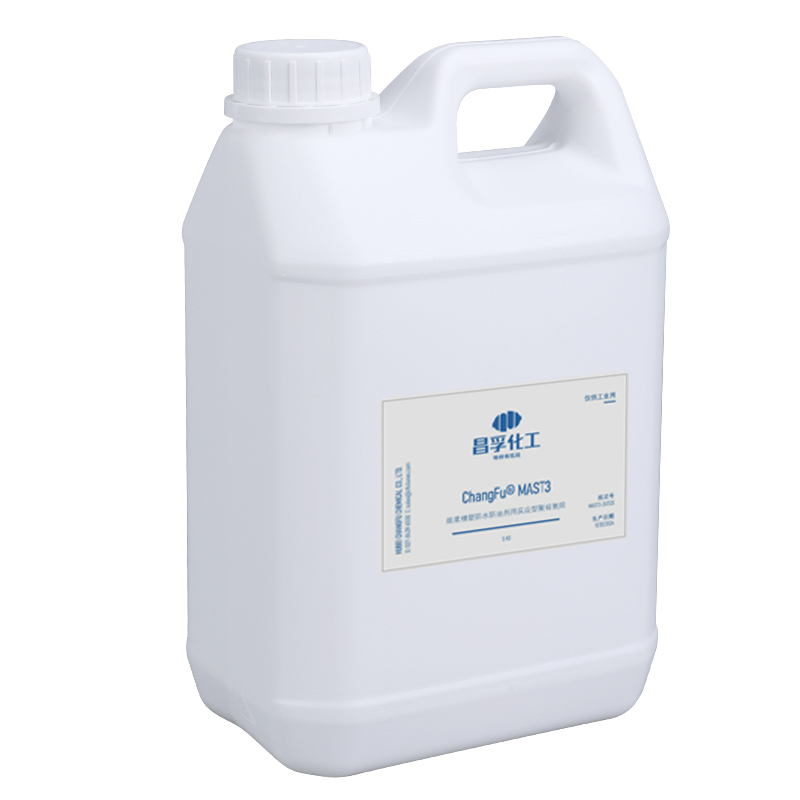





































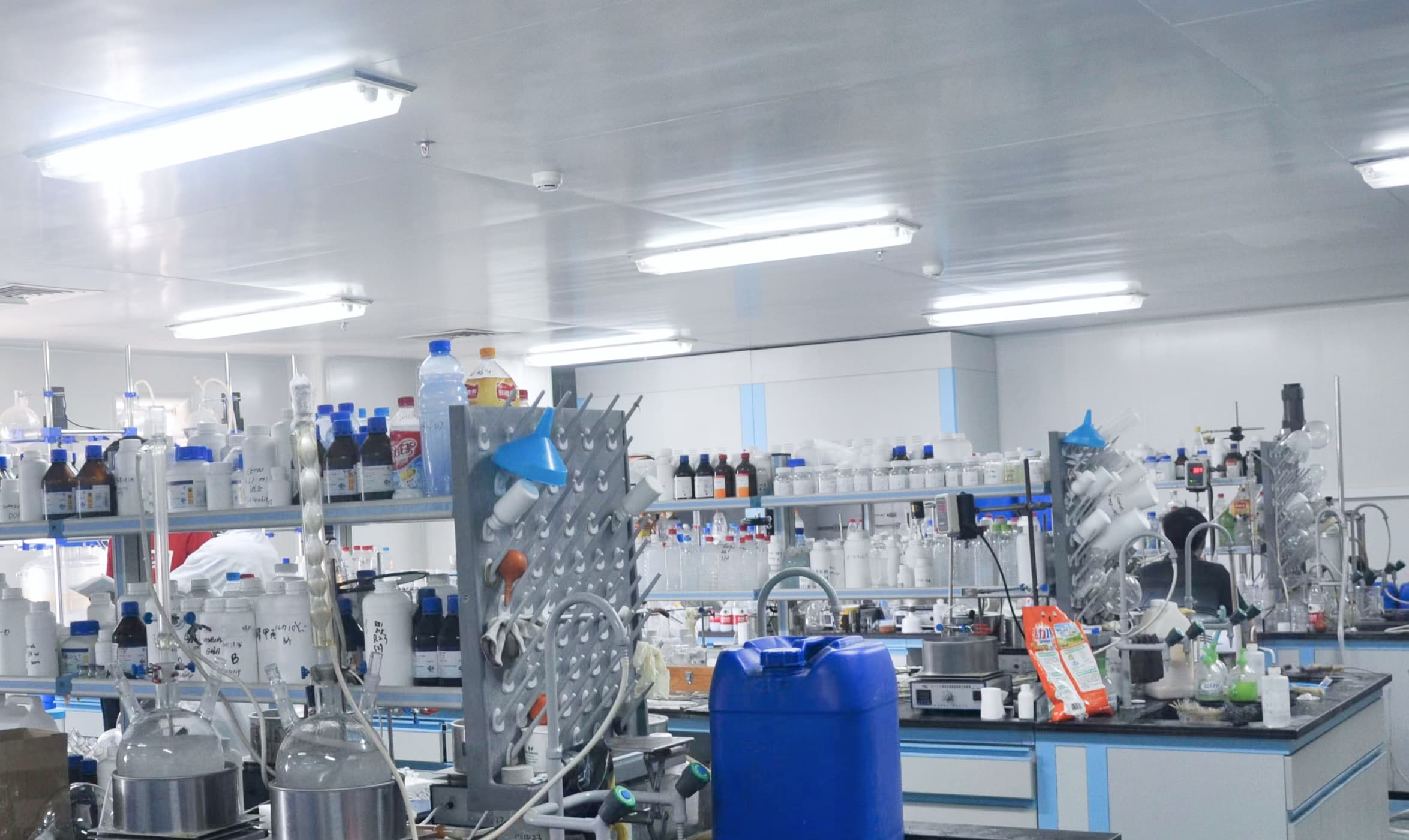

+86 27 8439 6550
+86 181 6277 0058
sales@cfsilanes.com
Optics Valley Bio-City
No. 666, Gaoxin Avenue
Hongshan District, Wuhan City

+86 27 8439 6550 | +86 181 6277 0058
sales@cfsilanes.com
Optics Valley Bio-City
No. 666, Gaoxin Avenue
Hongshan District, Wuhan City
Copyright © Hubei ChangFu Chemical Co., Ltd. All Rights




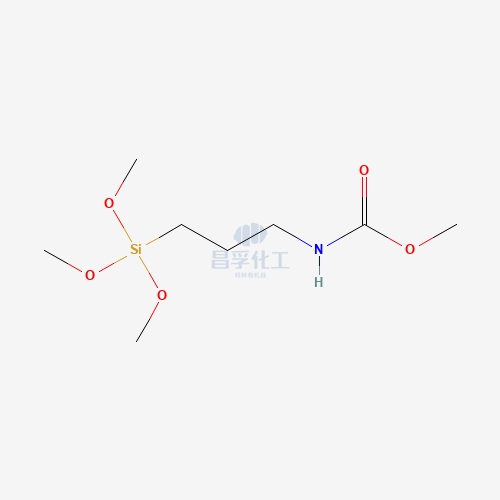
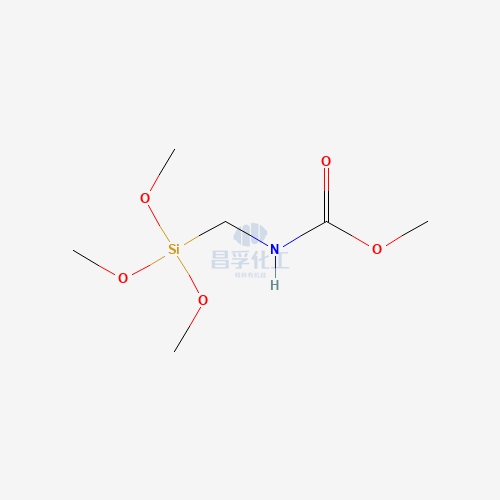
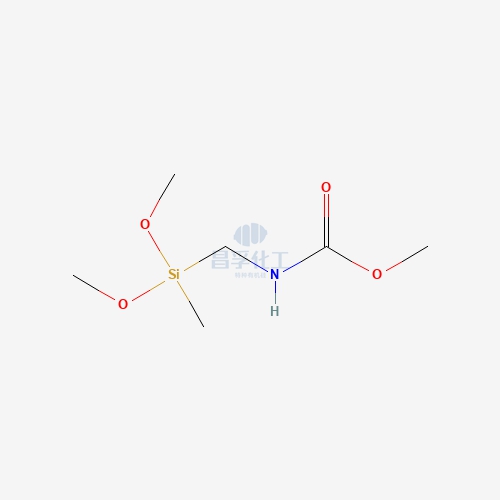
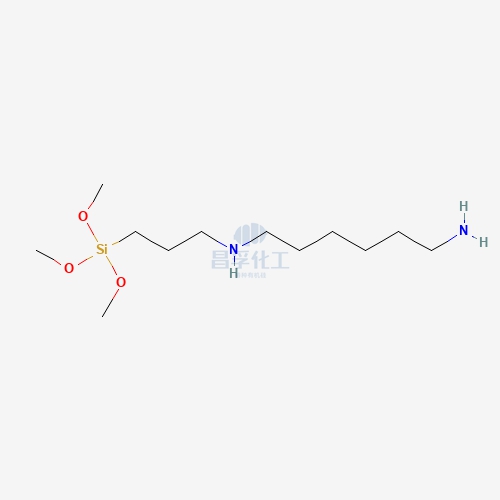
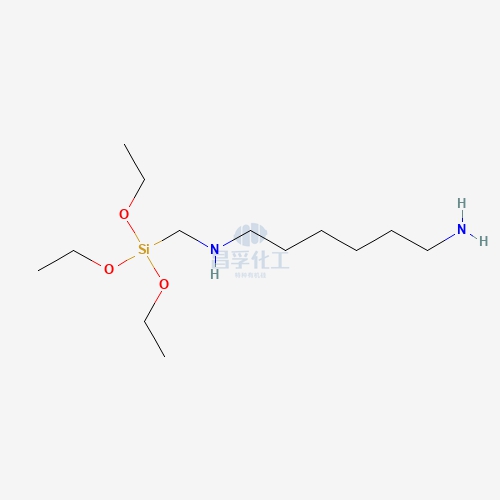
![N-[5-(Trimethoxysilylpropyl)-2-aza-1-oxopentyl]caprolactam CAS: 106996-32-1 106996 32 1 N-[5-(Trimethoxysilylpropyl)-2-aza-1-oxopentyl]caprolactam CAS: 106996-32-1 106996 32 1](https://cdn.yofishseo.com/1363882761272232/106996-32-1.jpg)
